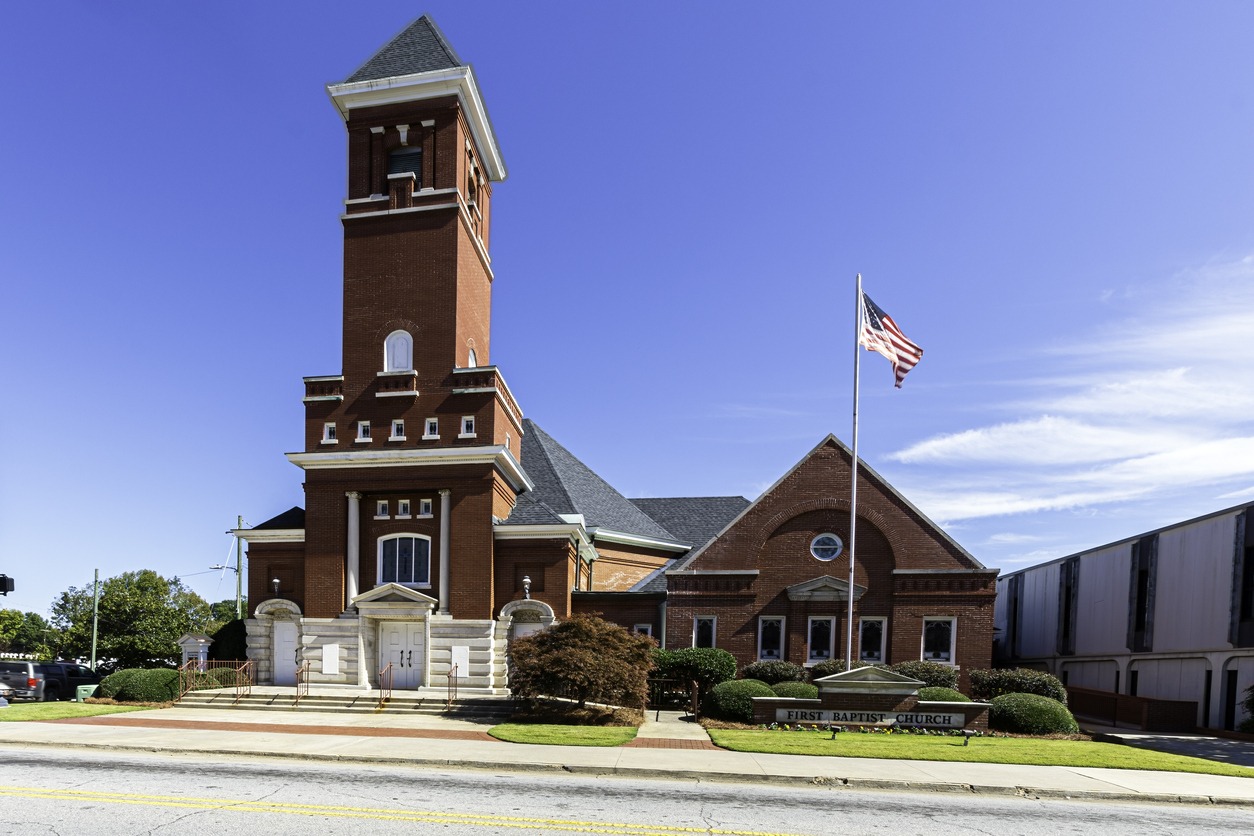Carrolton and its early years
Carrollton is a city in the state of Texas. It is located in the counties of Denton, Dallas and Collin. It is one of the suburbs of the city of Dallas, and it’s reputed to be one of the best places to live in the United States.
So how did Carrollton become the progressive city that it is today? Like many other developed areas, the place which is now known as Carrolton consisted of mostly wild frontier. The city of Carrollton is a part of a greater area of land where American Indians (Wichita Indians) used to call home. Wichita was split into several tribes — including the most predominant ones such as Tawakonis and Taovayas.
The first white settlers arrived in the early 1840s, where they purchased land from the Peters Colony. These hardy and determined pioneers risked the hazardous journey for the sake of building of better life for themselves as well as for the future generations. Most historians believe that the pioneers came all the way from Carrollton, Illinois, hence the present name of this Texas city. The settlers first planted crops, then raised cattle and livestock.
In 1844, A. W. Perry and his family claimed land within the area around Trinity Mills, where he entered a partnership with Wade H. Watt to build a grain mill. The mill, which produced flour and meal from the corn and wheat, provided staple food for individuals and families who even came from miles away.
The arrival of the railroads through Carrollton
In the early years Carrollton’s livelihood mostly depended on agriculture. But when the Dallas-Wichita Railroad was constructed through Trinity Mills in 1878, Carrollton gradually grew into an industrial and professional hub. Carrollton’s significance was furthrer boosted by the arrival of another railroad which was extended to another city, Denton, in 1880 by railroad developer Jay Gould who then sold the line to Missouri-Kansas-Texas Railroad in 1881.
By the late 1880s, Carrollton had a post office, several flour mills, cotton gins, two churches and a school. Thier population stood at 150. The St. Louis Southwestern Railway (aka “Cotton Belt”) and the San Francisco (aka “Frisco”) railroad crossed the Missouri-Kansas-Texas Railroad, making this an an unusual railroad track intersection. These railroads provided both passenger and commercial service through Carrollton, enabling the community to prosper further economically.
From a purely agricultural area to a thriving industrial city
In 1913 Carrollton was incorporated as a general law city; during that period a town square had become the center of the thriving community. W. F. Vinson was elected mayor since the city was incorporated.
Carrollton also had a thriving brick industry, fruits and vegetable cannery, dairy industry and an ice delivery business. But it was the gravel industry (started around 1912) that transformed Carrollton’s economy — in fact it came to be called as a “grain and gravel” town during the 1940s.
Carrollton in post-war years and present
After the Second World War, Carrollton’s population rapidly increased. From 1,610 in 1950, the population ballooned to 4,242. About a decade later, the population further increased dramatically to 13,855. By the early 1980s the population rose to an estimated 52,000; by 1990, it had reached 82,169. Carrollton’s present population as of 2010 US, had reached 119,097, making the city 23rd most populous city in the US.
Many US companies have established their headquarters in Carrollton, including Accor North America, STMicroelectronics, TGIF Friday’s, Sandy Lake Amusement Park, Home Interiors and Gifts Inc., and many others.
Carrollton has won some honors, including a recognition by Relocate America as one of the “Top 100 Places to Live.” Money magazine also selected Carrollton as the 19th “best places to live in the United States.” Check out Carrollton’s business directory in one of the links provided in this hub.

